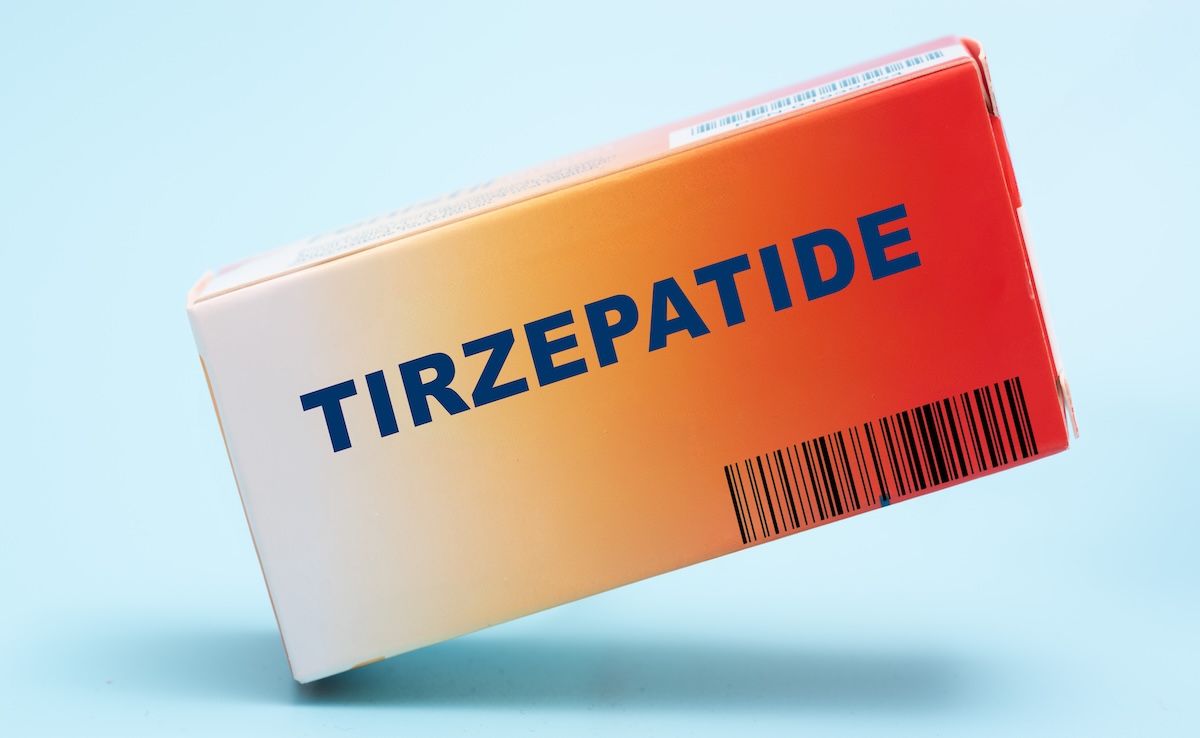Article
Remote BP, Cholesterol Management Effective, but Patient Engagement Could Be Better
Author(s):
Researchers investigated outcomes following implementation of remote care that targeted effective control of hypertension, or elevated blood pressure (BP), and cholesterol management.
Diverse patient populations stand to benefit from a standardized remote blood pressure (BP) and cholesterol management program that targets reductions in hypertension and low-density lipoprotein cholesterol (LDL-C, or “bad” cholesterol), according to study findings published in JAMA Cardiology.
With dual main outcomes of changes to BP and LDL-C, the investigators of this study enrolled 10,803 patients from the Mass General Brigham (MGB) health system into a comprehensive remote program that monitored hypertension and cholesterol; the programs to monitor each are part of an ongoing initiative in the MGB health system, the authors noted. A majority of the patients (n = 8103) had high cholesterol only, 3658 had hypertension only, and 958 had high cholesterol and hypertension. All patients enrolled received education, home BP device integration, and medication titration—with 1266 patients requesting education only.
Their mean (SD) age was 65 (11.4) years, and most were female patients (56%) and White (72%). Also, 12% of patients identified as Black; 11%, Hispanic; and 16%, another race or multiple races (American Indian or Alaska Native, Asian, Native Hawaiian or Other Pacific Islander, unknown, other, and declined to respond; consolidated owing to small numbers, the authors noted).
“Recent data suggest that rates of BP and lipid control have stagnated and even deteriorated,” the authors wrote. “The rate of risk factor control is even lower among certain racial and ethnic populations, those who live in rural geographic areas, and those with limited English proficiency.”
For the study period, BP readings topped 400,000 and there were 139,263 lab reports. Comparing findings seen in office and at home before program enrollment, the mean (SD) BPs were 150/83 (18/10) mm Hg and 145/83 (20/12) mm Hg, respectively.
After program enrollment and among those who chose remote medication management, mean (SD) BP measures at the 6- and 12-month marks, respectively, showed decreases of 8.7/3.8 (21.4/12.4) mm Hg and 9.7/5.2 (22.2/12.6) mm Hg. The decreases were markedly different compared with the patients who chose just to receive education: In this group, BP had dropped a mean (SD) of 1.5/0.7 (23.0/11.1) mm Hg at 6 months, but the 12-month data show a slight increase of 0.2/–1.9 (30.3/11.2) mm Hg (P < .001).
When considering cholesterol management, again, patients enrolled in remote medication management saw superior results. At 6 months, their LDL-C had dropped a mean (SD) of 35.4 (43.1) mg/dL and at 12 months, 37.5 (43.9) mg/dL. In stark contrast, the patients who chose only education had respective LDL-C decreases of 9.3 (34.3) and 10.2 (35.5) mg/dL (P < .001). The mean (SD) overall LDL-C reduction was 46.2 (53.6) mg/dL (P < .001), but it was highest among the patients who had any historical LDL-C measure above 190 mg/dL, at 93.0 (50.4) mg/dL.
The authors’ analysis also showed the following results:
- Mean BP at program exit among those who chose to receive medication management was significantly lower than both the qualifying BP and baseline program BP, for systolic and diastolic measures.
- BP reductions were greater among patients who entered maintenance treatment and whose hypertension was found via home baseline BP readings.
- Proportions of patients on high-intensity statin treatment, ezetimibe, and PCSK9 inhibitors all rose following study entry.
- Proportions of patients not receiving any lipid-lowering therapy dropped following study entry.
- Race, ethnicity, and preferred language were not shown to have an effect on hypertension and hyperlipidemia outcomes, with Black patients, Hispanic patients, and those who preferred a language other than English having similar outcomes compared with White patients.
Approximately 10% of patients became unreachable over the course of the study, and follow-up with close to 30% of them found they dropped out because the program was not convenient, they were not comfortable taking more meds, they preferred direct interaction with their physicians, and they felt their condition was under control. Because of these reasons, the authors stress the importance of better education, health care professional coordination, and patient engagement.
“Further research on engagement strategies, incentives, and behavioral economics is required to understand reasons for noncompletion and interventions that may be able to promote goal attainment,” the authors concluded.
Reference
Blood AJ, Cannon CP, Gordon WJ, et al. Results of a remotely delivered hypertension and lipid program in more than 10 000 patients across a diverse health care network. JAMA Cardiol. Published online November 9, 2022. doi:10.1001/jamacardio.2022.4018





